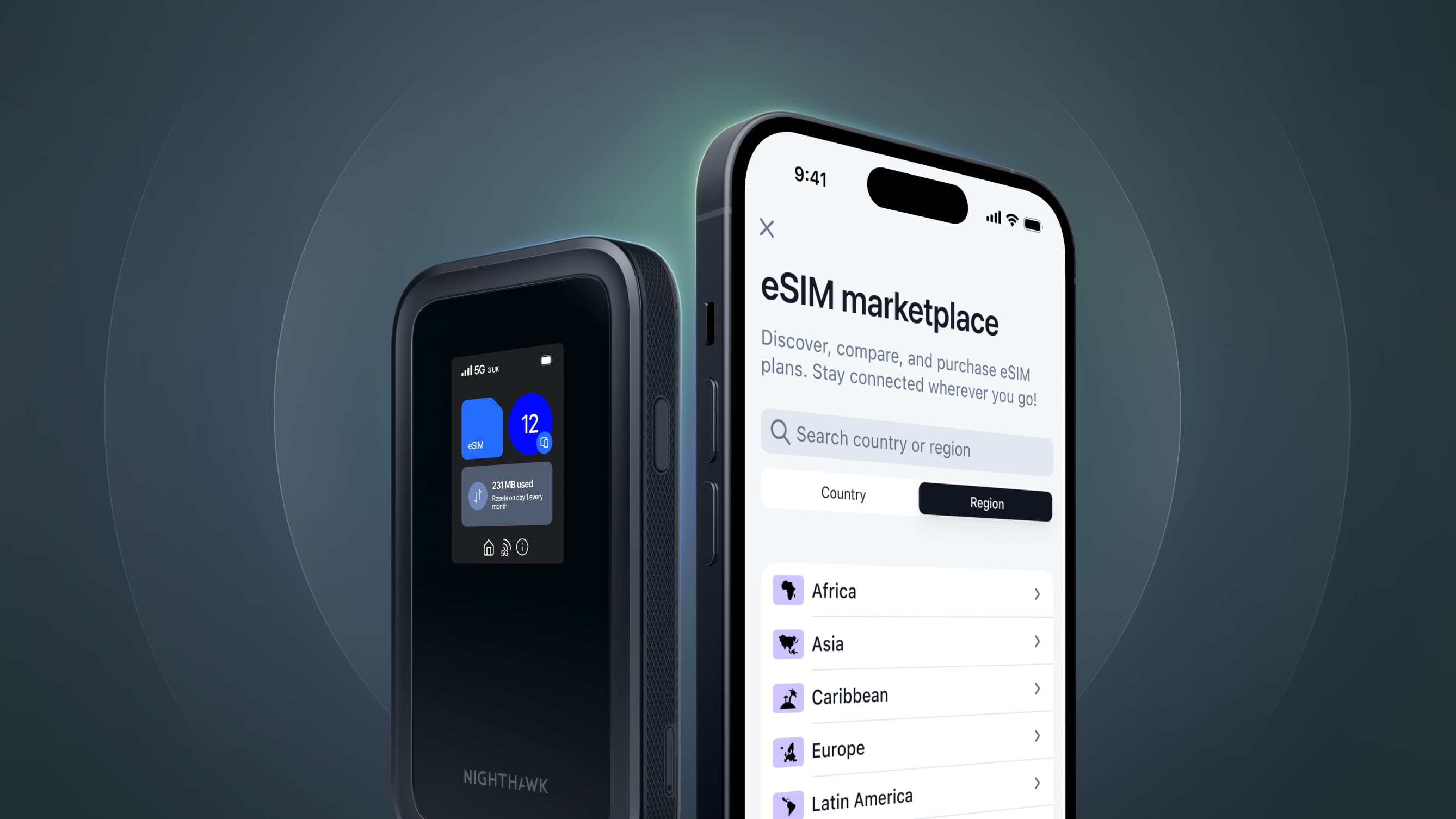If you’re considering launching your own wireless service, understanding the role of a Mobile Network Operator (MNO) is crucial. MNOs are the backbone of the telecom industry, providing the network infrastructure that fuels mobile services.
In this article, we’ll discuss the role and function of MNOs, and how partnering with the right telecom providers can simplify and accelerate your journey into the wireless market.
What is a Mobile Network Operator (MNO)?
A Mobile Network Operator (MNO) owns and operates the network infrastructure necessary to provide wireless services. This includes the cellular towers, network equipment, and spectrum licenses required to deliver mobile connectivity. MNOs are responsible for maintaining network quality, coverage, and overall service reliability. Examples of MNOs include AT&T, Verizon and T-Mobile.
As well as selling connectivity directly to consumers, MNOs sell connectivity at wholesale rates to Mobile Virtual Network Operators (MVNOs) such as Mint Mobile and Consumer Cellular. This relationship is mutually beneficial: MVNOs can launch their own wireless service tailored to specific customer segments, and MNOs can reach new demographics without spending any money on marketing.
How to acquire wholesale network access from an MNO
For new entrants in the telecom market, directly negotiating with MNOs for wholesale connectivity can be daunting and costly. MNOs typically offer bulk access to their network at wholesale rates, but managing these relationships and integrating their services can be complex and resource-intensive.
The role of MVNAs and MVNEs
To streamline access to MNO networks, many businesses turn to Mobile Virtual Network Aggregators (MVNAs) and Mobile Virtual Network Enablers (MVNEs).
MVNAs act as intermediaries that purchase network services in bulk from multiple MNOs and resell them to Mobile Virtual Network Operators (MVNOs). By leveraging economies of scale, MVNAs can offer more competitive rates than MVNOs could negotiate directly.
MVNEs, on the other hand, provide a suite of services that include billing, customer relationship management (CRM), and SIM provisioning. They offer the technical infrastructure needed to manage and support MVNO operations, allowing MVNOs to focus on their core business rather than the complexities of telecom management.
To dive deeper, read our blog: MNO, MVNA, MVNE, MVNO: What's the difference?
The benefits of working with an end-to-end provider
The most efficient and cost-effective way to launch and scale a wireless service is through an end-to-end telecom provider.
Telecom has many moving parts. Excruciating regulatory requirements, consumer protections, proprietary network integrations and the cost of building your own frontend and dashboard can send launch costs soaring and slow your time to market. To win wireless, you need a partner that simplifies telecom in the same way Stripe simplifies payments, providing everything you need to launch a premium service at scale through a single integration.
Multi-carrier wholesale connectivity: Negotiating wholesale contracts with multiple MNOs is time consuming and costly, as is integrating your systems with their infrastructure. An end-to-end telecom operating system will connect you to multiple MNOs through a single integration, enabling you to launch mobile services in several markets from Day One.
Regulatory compliance: Navigating telecom regulations can be a complex and time-consuming process. An end-to-end provider handles all legal and compliance aspects on your behalf, including licensing and network regulations, so you can focus on growing your business without getting bogged down by legalities.
Checkout: Developing a checkout system in-house can take weeks of engineering effort. Partnering with a provider that offers a fully optimized, ready-made checkout solution ensures a seamless integration with your website or app, speeding up your time-to-market.
Billing: Managing billing involves more than just payment acceptance. You need a robust billing engine that can handle refunds, disputes, and tax calculations. Dedicated telecom billing software can simplify these tasks and reduce administrative overhead.
SIM and eSIM provisioning: Provisioning SIMs and eSIMs can be logistically challenging. The right partner will offer a streamlined activation process, allowing your customers to get connected with a single tap.
Subscription lifecycle and telecom CRM: Without advanced tools, managing number porting, top-ups, and customer service can become overwhelming. Look for a provider that offers automation tools and AI-powered customer service to handle these tasks efficiently.
Analytics: To stay competitive, you need insights into conversion rates, churn, and usage. A provider that offers powerful analytics can help you optimize your positioning, pricing, and messaging for better results.
The Gigs advantage
While many providers claim to offer end-to-end solutions, only one truly delivers on that promise - Gigs.
Gigs harmonizes all the building blocks of telecom, enabling you to launch and scale a mobile service on a global scale in a matter of weeks. Through a single API integration, Gigs gives you access to connectivity from the world’s best networks, and takes care of all regulatory requirements, billing systems, SIM provisioning, subscription lifecycle and customer service, so you don't have to.
By choosing Gigs, you can simplify your operations, reduce costs, and focus on building a compelling brand and delivering exceptional customer experiences. To learn more about Gigs, get in touch.




